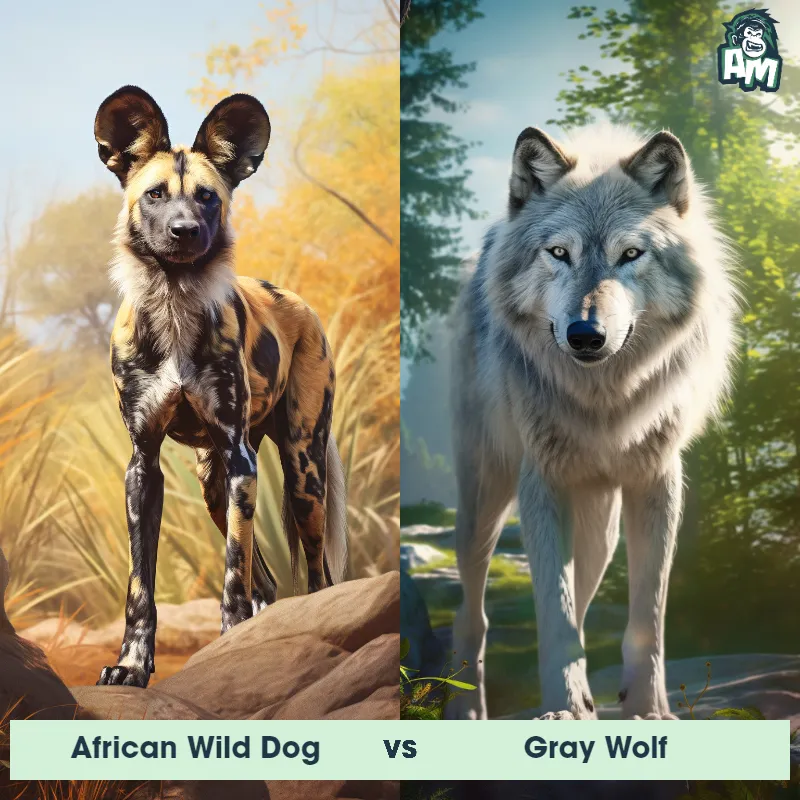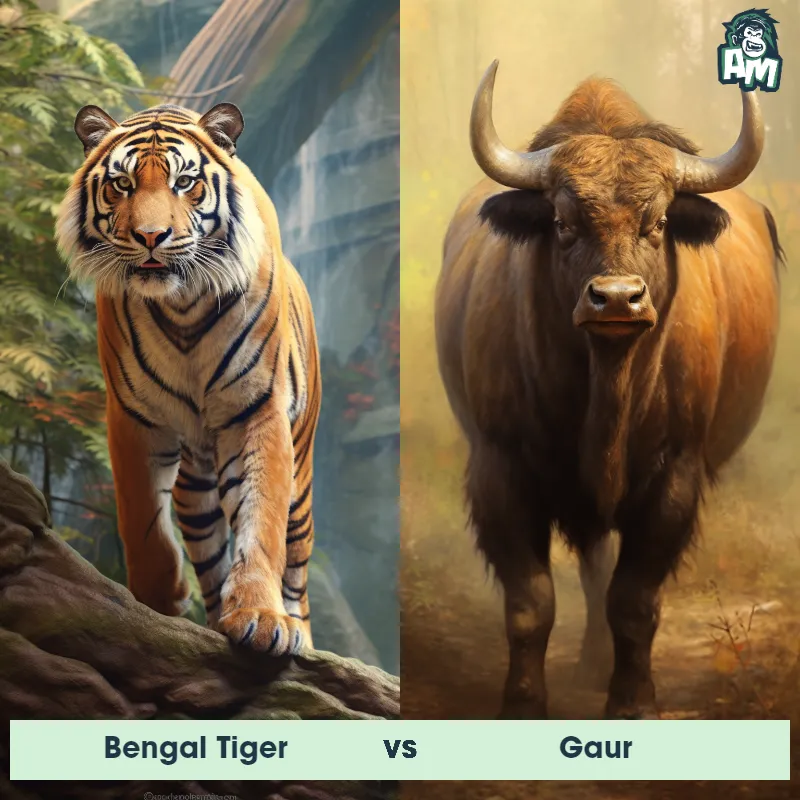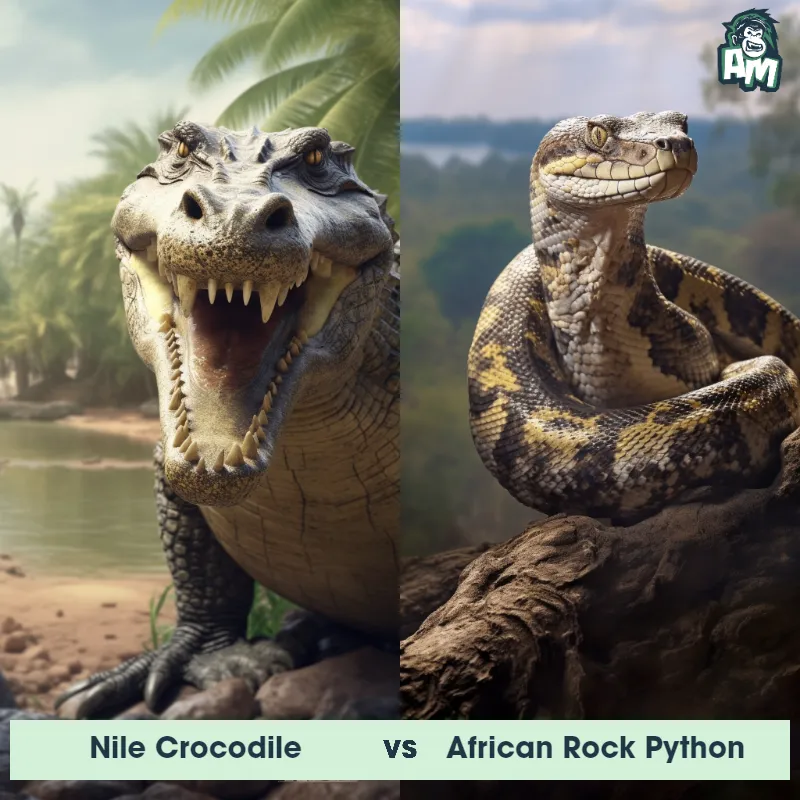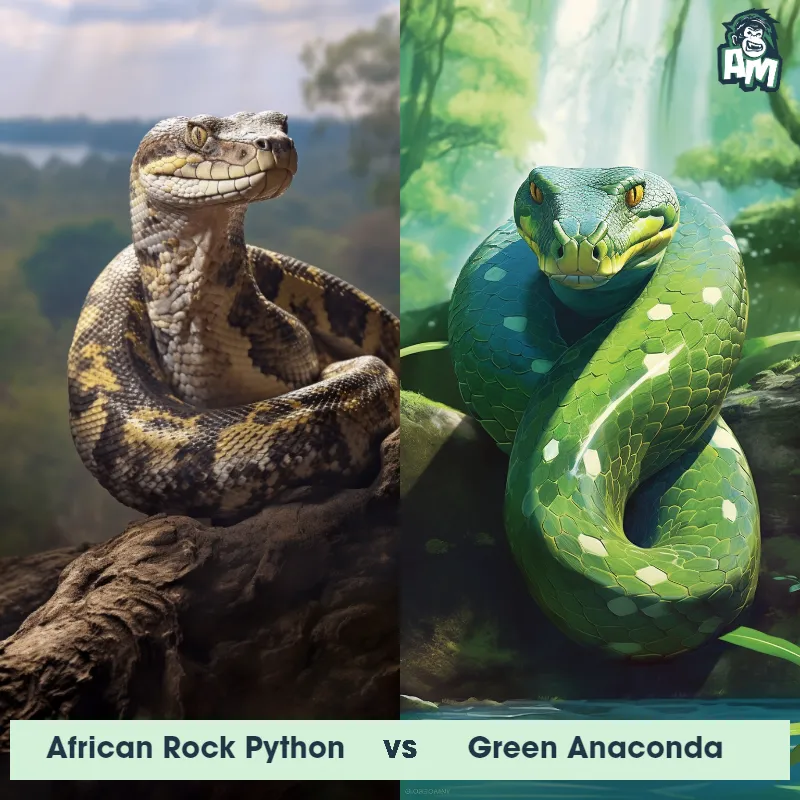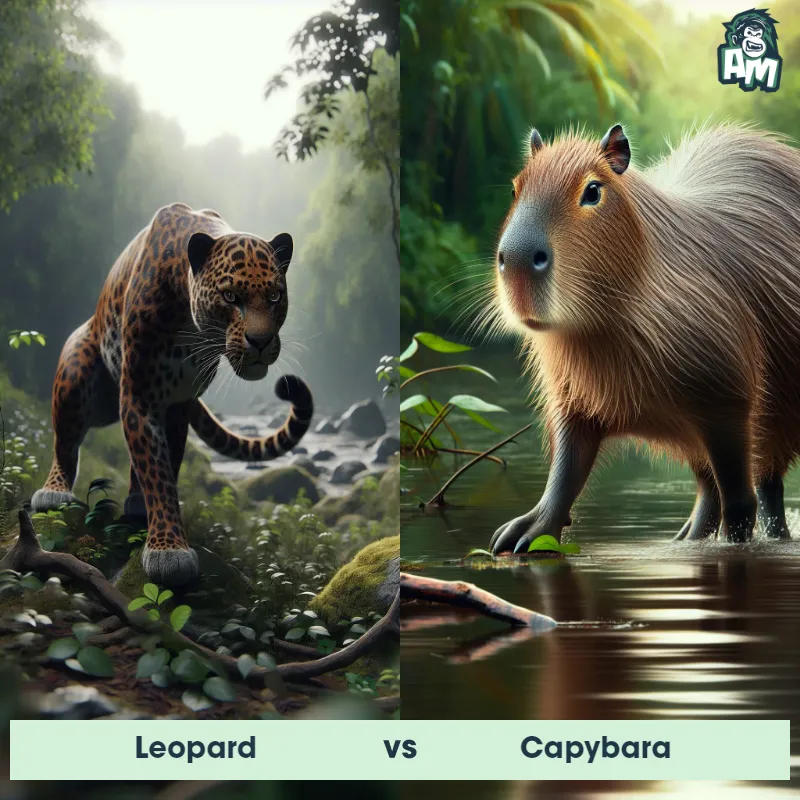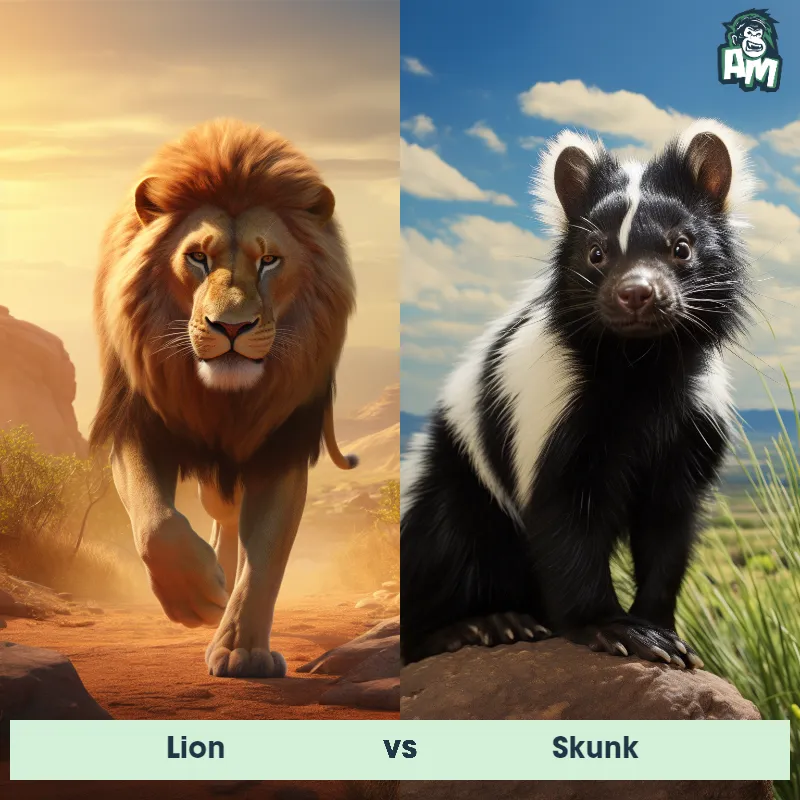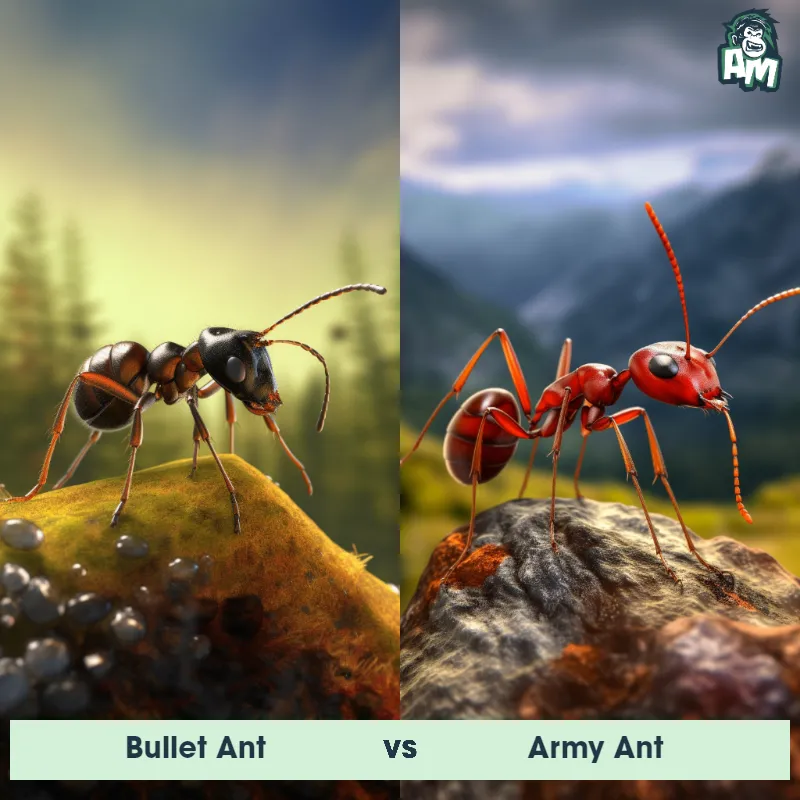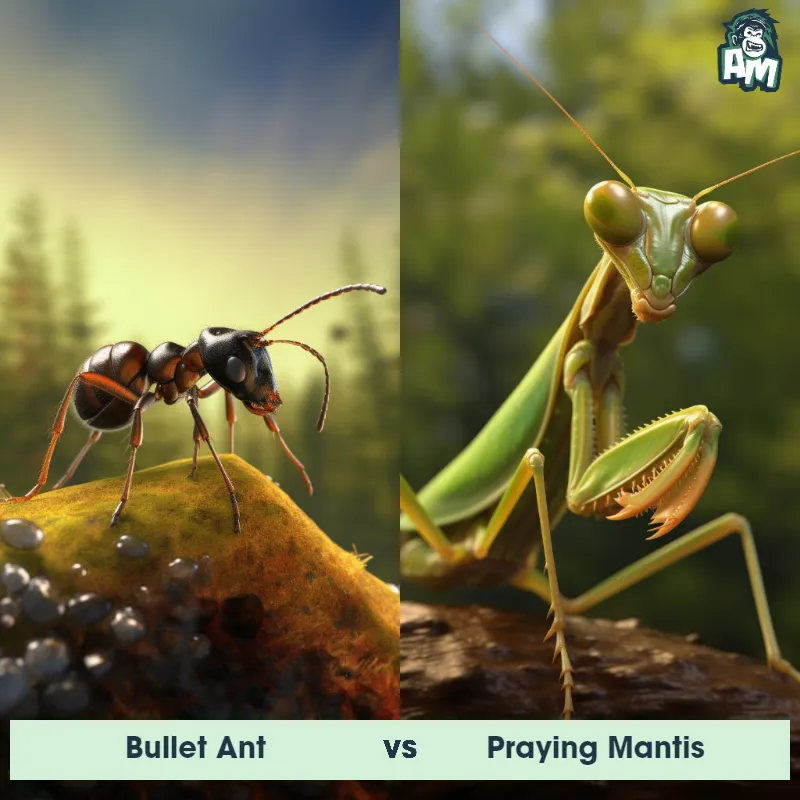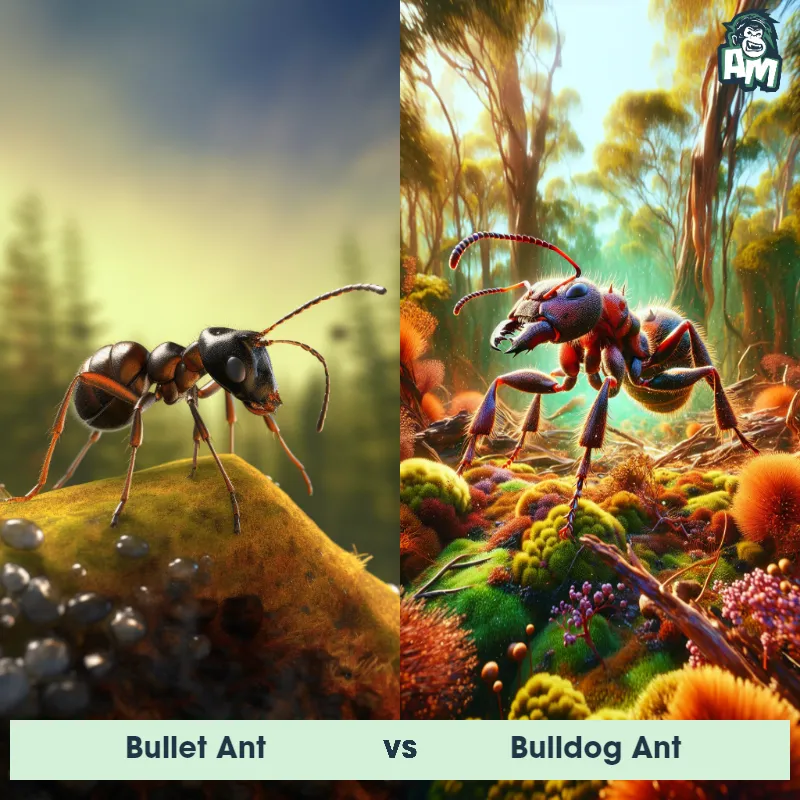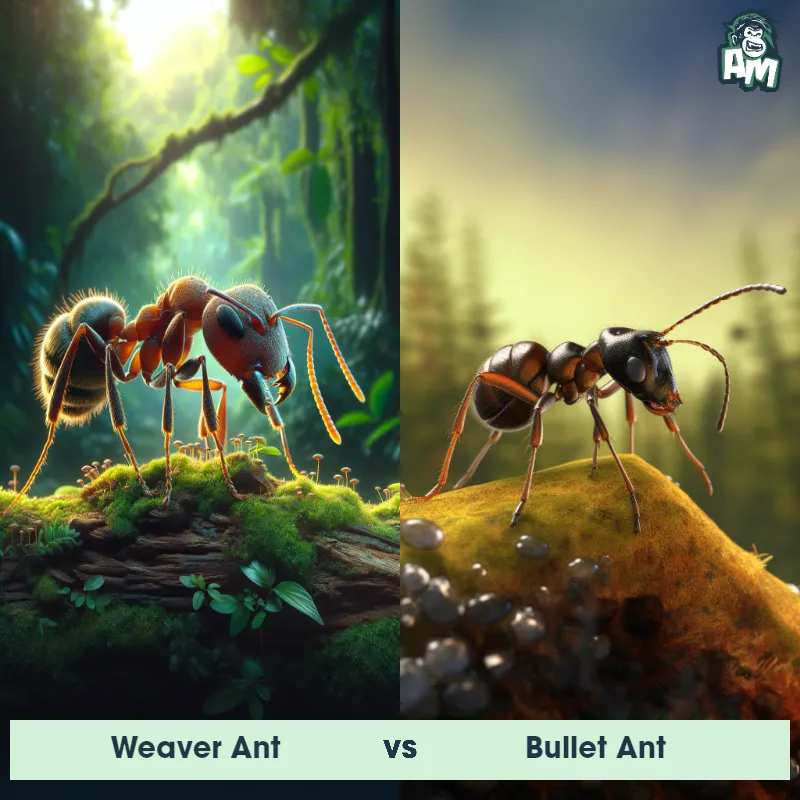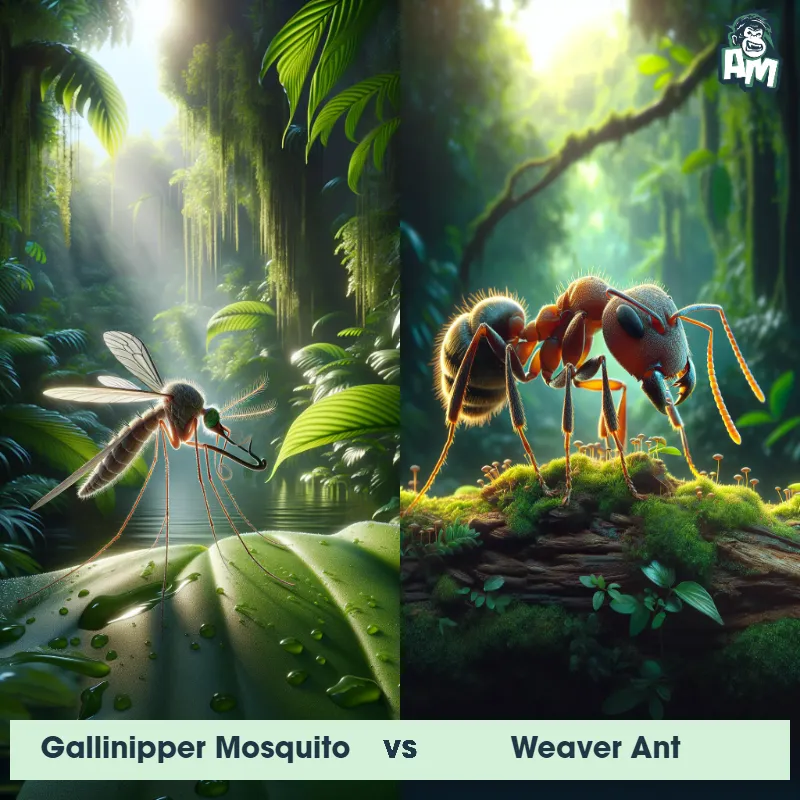Weaver Ant vs Army AntSee Who Wins

Welcome to today's intense matchup between the Weaver Ant and the Army Ant. These two formidable opponents are known for their strength and agility, making this fight one you won't want to miss. Let's see who will come out on top in this battle of the ants.
Contender 1: Weaver Ant
The Weaver Ant, also known as the Green Tree Ant or the Fire Ant, is a fascinating insect found in tropical regions across the world. These small ants are known for their remarkable ability to construct intricate nests using leaves, twigs, and silk they produce. They are highly territorial and aggressive, defending their nests vigorously against any threats. Weaver Ants have a bright green coloration, with elongated bodies and sharp mandibles, allowing them to subdue prey and participate in group defense strategies.
Fun Fact: Weaver Ants are social insects that exhibit a unique form of collective behavior known as "bridging." They are capable of linking their bodies together to create chains or bridges, enabling them to traverse gaps or bypass obstacles as they move between trees or forage for food. This cooperative effort allows them to effectively explore and exploit their environment, cementing their reputation as skillful architects and engineers in the insect world.
Contender 2: Army Ant
The Army Ant, also known as the Driver Ant, is a species of ant that is known for its aggressive and highly organized behavior. These ants are typically found in Central and South America, and they are known for their nomadic lifestyle, constantly moving from one location to another in search of food. Army Ants are also known for their large size, with some individuals measuring up to 1.5 cm in length. They have powerful mandibles that they use to capture prey, and they are capable of forming massive swarms that can number in the millions.
Fun Fact: Army Ants are known for their unique hunting strategy, which involves forming massive swarms that can overwhelm and consume almost any prey they encounter, including insects, spiders, and even small vertebrates like lizards and snakes.
Matchup Stats
| Weaver Ant | Army Ant | |
|---|---|---|
| Size | 0.4 to 1 inch (1 to 2.5 cm) | Up to 1.5 cm (0.6 in) in length |
| Weight | Negligible | Unknown |
| Speed | 0.03 mph (0.05 km/h) | Speed: 0.000025 mph (0.04 km/hr) |
| Key Strength | Aggressive and skilled in group defense | Powerful mandibles for capturing prey |
| Biggest Weakness | Fragile exoskeleton | Vulnerable to predators when not in a swarm |
Current Votes
Weaver Ant vs Army Ant
See Who Wins
View More Matches
Looking For More?
Similar Matches
Scientific Stats
| Weaver Ant | Army Ant | |
|---|---|---|
| Scientific Name | Oecophylla | Eciton burchellii |
| Family | Formicidae | Formicidae |
| Habitat | Forests, canopies, and trees | Forest floors and lowland rainforests |
| Geography | Tropics worldwide | Central and South America |
| Diet | Omnivorous, feeds on nectar, insects, and plant matter | Insects, spiders, small vertebrates |
| Lifespan | 2 months - 3 months | 1 day - 3 months |
Key Differences between Weaver Ant and Army Ant
- Color: Army Ants are generally a darker shade of brown or red, while Weaver Ants are typically a lighter shade of brown or yellow.
- Size: Army Ants are significantly larger than Weaver Ants, with Army Ant workers measuring around 0.5 to 1 inch in length and Weaver Ant workers measuring only about 0.2 inches.
- Body shape: Weaver Ant workers have a well-defined waist and a more elongated body shape, whereas Army Ant workers have a rounder, less segmented body.
- Foraging strategy: Weaver Ants are known for their tree-dwelling habit and arboreal foraging behavior, while Army Ants are ground-dwellers and engage in large-scale swarm raids.
- Mandibles: Army Ants have larger, more powerful mandibles compared to Weaver Ants, which are more slender and delicate.
- Nesting behavior: Weaver Ants construct intricate nests made of leaves and silk, while Army Ants are known for their nomadic behavior and temporary bivouacs made of their own bodies.




